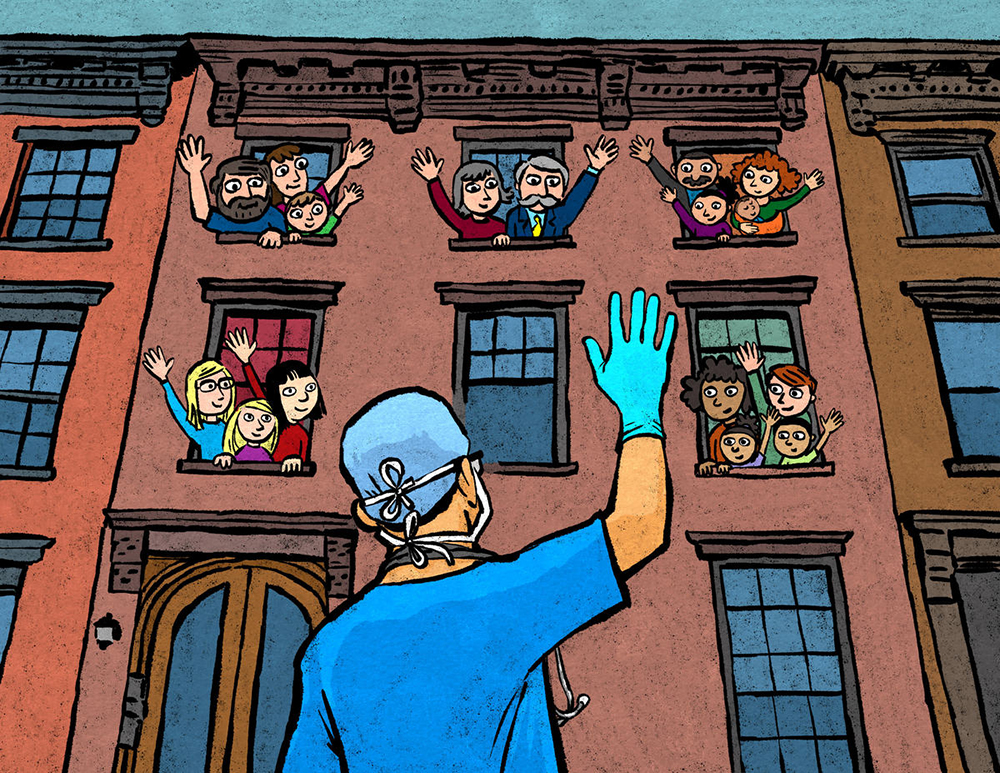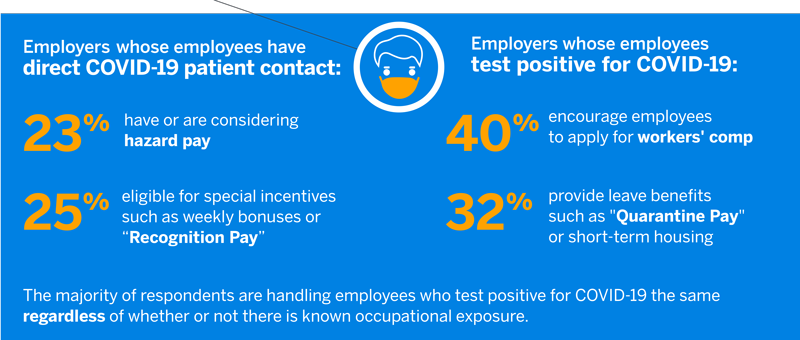Every year, we do a round-up of the top 10 articles across our worldwide sites. This year was a year like no other with COVID-19 dominating the news. It’s no surprise then that COVID-19 also dominated our list of most read articles for the year. Of the top 10 most popular articles for 2020, seven were COVID-19-related. Our annual Milliman Medical Index and our annual Pension Funding Study—which usually appear on the top 10 list—made it this year, too, as did an article on changes in the car insurance industry.
Here is the list of Milliman’s top 10 most read articles for 2020.
1. Estimating the impact of COVID-19 on healthcare costs in 2020: Key factors of the cost trajectory
The world healthcare system has entered an extraordinary period as it responds to COVID-19. In April, we estimated that the deferral and elimination of care during the COVID-19 pandemic could mean a net reduction in medical costs for healthcare payers by at least $75 billion and as much as $575 billion if the deferral and elimination of care continued through the end of 2020.
2. 2020 Milliman Medical Index
In 2020, the cost of healthcare for a hypothetical American family of four covered by an average employer-sponsored preferred provider organization plan is $28,653, according to the Milliman Medical Index.

3. COVID-19: Health cost issues for U.S. healthcare payers now and in the days ahead
What are some of the cost drivers that healthcare payers may expect to encounter both now and down the road after we get through the initial surge of the COVID-19 pandemic?
This figure illustrates one potential scenario. Medical services are now being deferred, leading to pent up demand, which may be released after “shelter in place” orders are rescinded.
4. Car manufacturers are challenging traditional auto insurers: Who will win the tech race?
As traditional auto insurers compete against each other for customers, they’re now also faced with new entrants into the auto insurance market race: car manufacturers.
5. Impact of COVID-19 on your pension plan: CARES Act funding relief for single-employer defined benefit plans
This article focuses on the CARES Act provision allowing deferment to January 1, 2021, of required defined benefit contributions due in the 2020 calendar year.
6. 2020 Corporate Pension Funding Study
Despite a drop of 94 basis points in discount rates, the private single-employer defined benefit plans of the Milliman 100 companies continued to make funding progress in 2019 due to their stellar investment returns of 17.3%.
7. Managing benefits and compensation for healthcare workers in the time of COVID-19
COVID-19 poses challenges for healthcare providers who are managing complex issues around benefits and compensation policies to best support their employees during these hazardous times.

This infographic highlights results of self-reported information from 81 organizations in the Milliman Northwest Healthcare COVID-19 Pulse Survey.
8. How the pharmacy benefit industry is reacting to a pandemic: Policy changes, actions, and potential impacts
Pharmacy benefit managers have moved quickly to develop new policies that provide guidance and assurance to their plan sponsor clients and members amid the coronavirus outbreak.
9. COVID-19 life and health insurance regulation update
State Departments of Insurance have issued special rules, regulations, and guidance for insurers related to the COVID-19 pandemic. The scope of this report is limited to such information applicable to accident and health insurance only and focuses on the impact that COVID-19 regulatory actions have on product administration.
10. How reliable are your P&C benchmarks in the COVID-19 era?
The introduction of COVID-19 has had an almost immediate influence on insurance yet it may take a long time to fully realize the effects. What are strategies to make benchmarks valuable now and post-COVID-19?